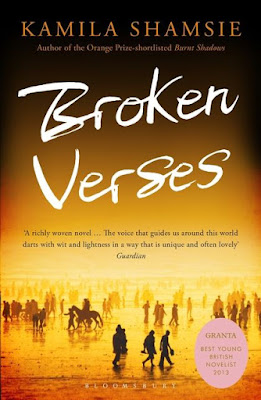The
story of the novel tells about Asmani’s quest for her mother and her lover’s
whereabouts who have been disappeared for years. After every discovery and
information about their death, she gives herself a new hope of their being
alive and keeps searching. The hunt takes her to the circles of literati,
journalists, poets, media persons and writers. Asmaani comes across various mysterious
signs and symbols which increase her curiosity and gives a new ray of hope to
continue her search.
The
novel makes mention of the Pakistan’s experience with democracy and martial
law, and the dictator’s use of various tools for suppressing the voice of
dissension and civil society in his reign and the draconian laws against women
apparently engineered to woo the conservatives’ support for dictators’ regime. The
novel shows how the feminist voices arose in Pakistan and were persecuted and
suppressed by the regime. The search for Poet leads Asmani to the vast treasure
of verses Poet had left behind.
Asmani’s
quest paints a sympathetic picture of a bereaved child after its mother’s
departure. she finds Shehnaz Saeed to help and soothe her, and comes across Ed
who is a safety-valve for Asmani to release her frustration and they end
up in close attachment.
The
novel, though a good piece of fiction has its plot loosely knit, and opens so
many threads, some of which are rarely woven together, and indicate a somewhat
lack of unity in the overall structure of the novel.
Read also
By:
Ullah, Inam Gul. iukhan233@gmail.com
Read also:
Categories:
Broken verses by Shamsie.
dictators and martial laws
English literature
English novels
Kamila Shamsie
political history of Pakistan
Read More

